Ship to: 43215 Update

Plants Filter
Current Filters
Mature Height
Sunlight
Plant Type
Barberry
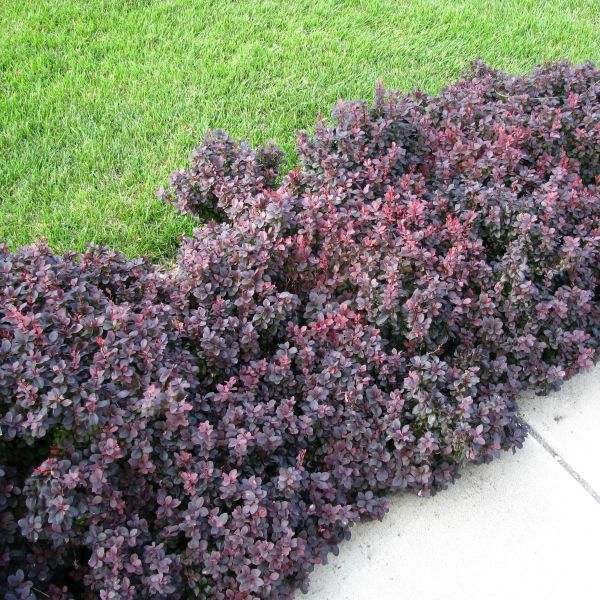
Concorde Barberry
Starting at $90
30% Off
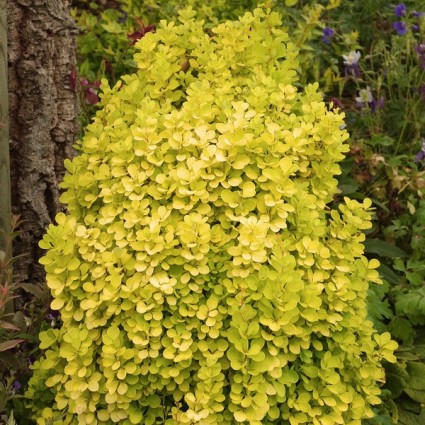
Golden Torch Barberry
Starting at $90
30% Off
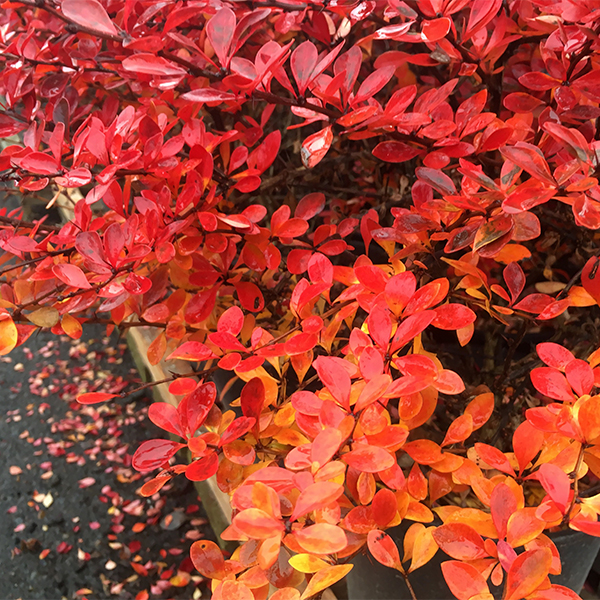
Red Leaf Barberry
Starting at $77
30% Off
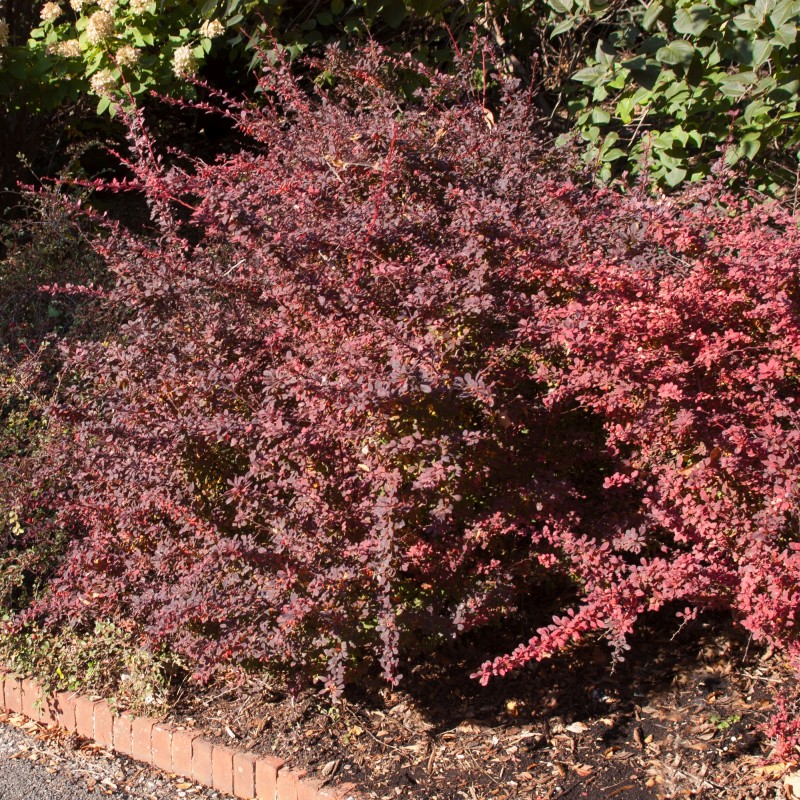
Rose Glow Barberry
Starting at $77
30% Off

Sunjoy Mini Maroon Barberry
Starting at $76
30% Off
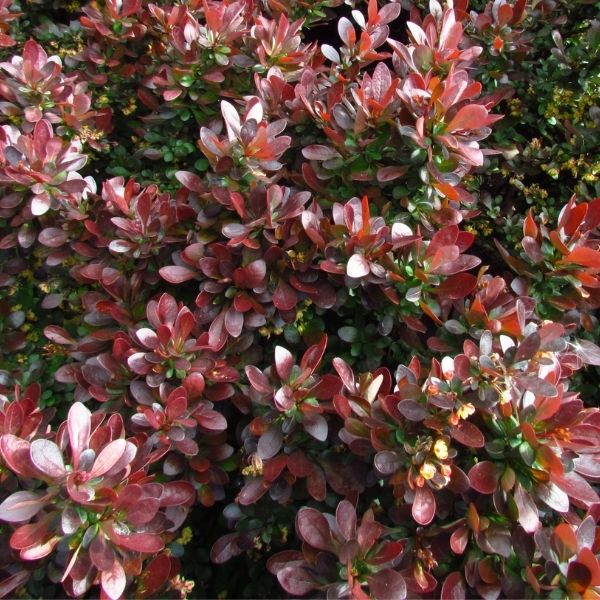
WorryFree Crimson Cutie Barberry
Starting at $77
30% Off
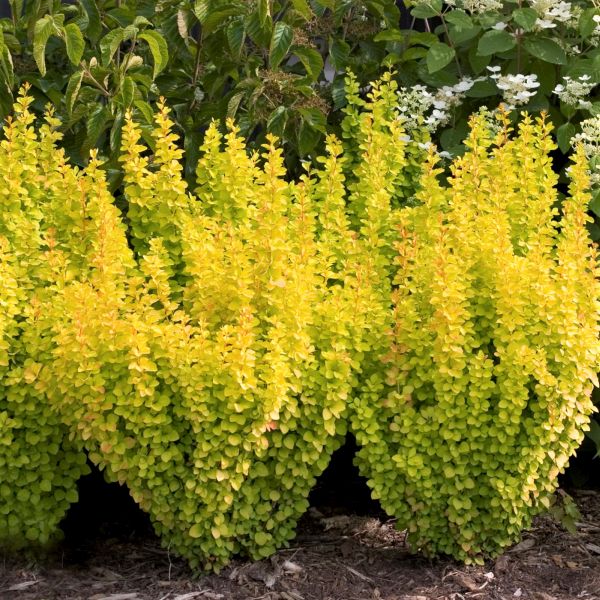
Sunjoy Gold Pillar Barberry
Out of Stock
30% Off
Barberry
Barberry shrubs belong to the Berberis genus, and they are deciduous or evergreen plants known for their attractive foliage, flowers, and colorful berries. They are native to regions of Europe, Asia, North America, and South America. Barberry shrubs have small, serrated leaves that may be green, purple, or variegated, depending on the species and cultivar. Some varieties have thorny branches, while others are thornless. In the spring, barberry shrubs produce small, yellow flowers that are often followed by red, orange, or blue berries. These shrubs are popular choices for adding texture, color, and interest to gardens and landscapes.
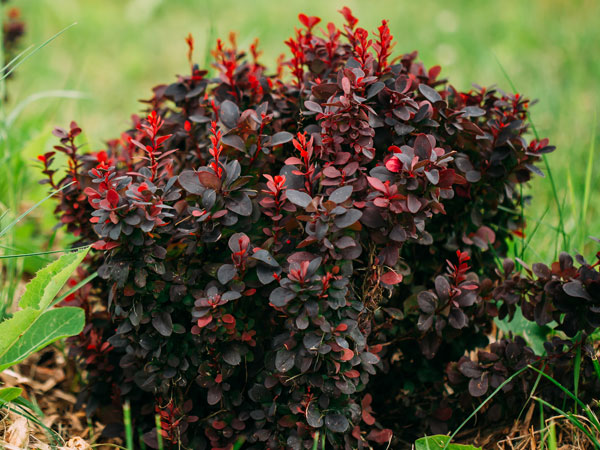
Common Types: There are numerous species and cultivars of barberry shrubs, with some common ones including:
- Berberis thunbergii (Japanese Barberry): A popular and widely cultivated species with green leaves that turn red or orange in the fall.
- Berberis vulgaris (European Barberry): Known for its red fruits and thorny branches, it is native to Europe and North Africa.
- Berberis julianae (Wintergreen Barberry): An evergreen species with glossy green leaves and yellow flowers.
- Berberis darwinii (Darwin's Barberry): Native to South America, it has blue-black berries and evergreen foliage.
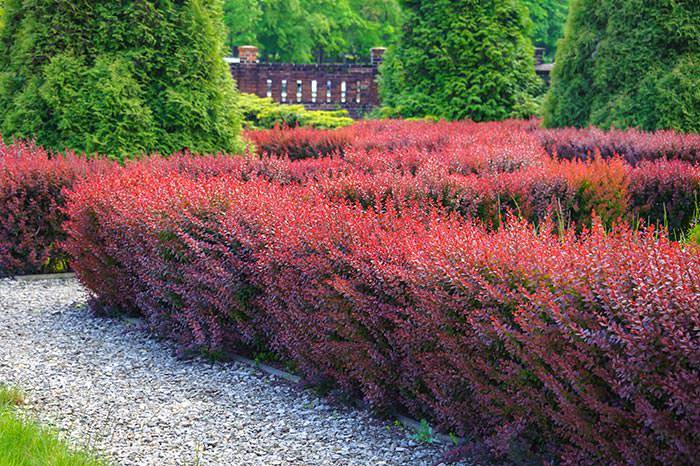
Care Tips:
- Sunlight: Barberry shrubs prefer full sun to partial shade. They can tolerate different light conditions but usually display better coloration with more sun exposure.
- Soil: Well-draining, fertile soil is ideal for barberry shrubs. They can tolerate various soil types but prefer good drainage.
- Watering: Keep the soil consistently moist, especially during the establishment phase. Once established, barberry shrubs are relatively drought-tolerant.
- Mulching: Applying a layer of organic mulch around the base of the shrubs helps retain soil moisture and regulates temperature.
- Pruning: Prune barberry shrubs as needed to maintain their shape and remove dead or diseased branches. Regular pruning can help keep the shrubs tidy and prevent overgrowth.
- Fertilization: Barberry shrubs generally don't require heavy fertilization. A balanced fertilizer applied in the spring can support healthy growth.
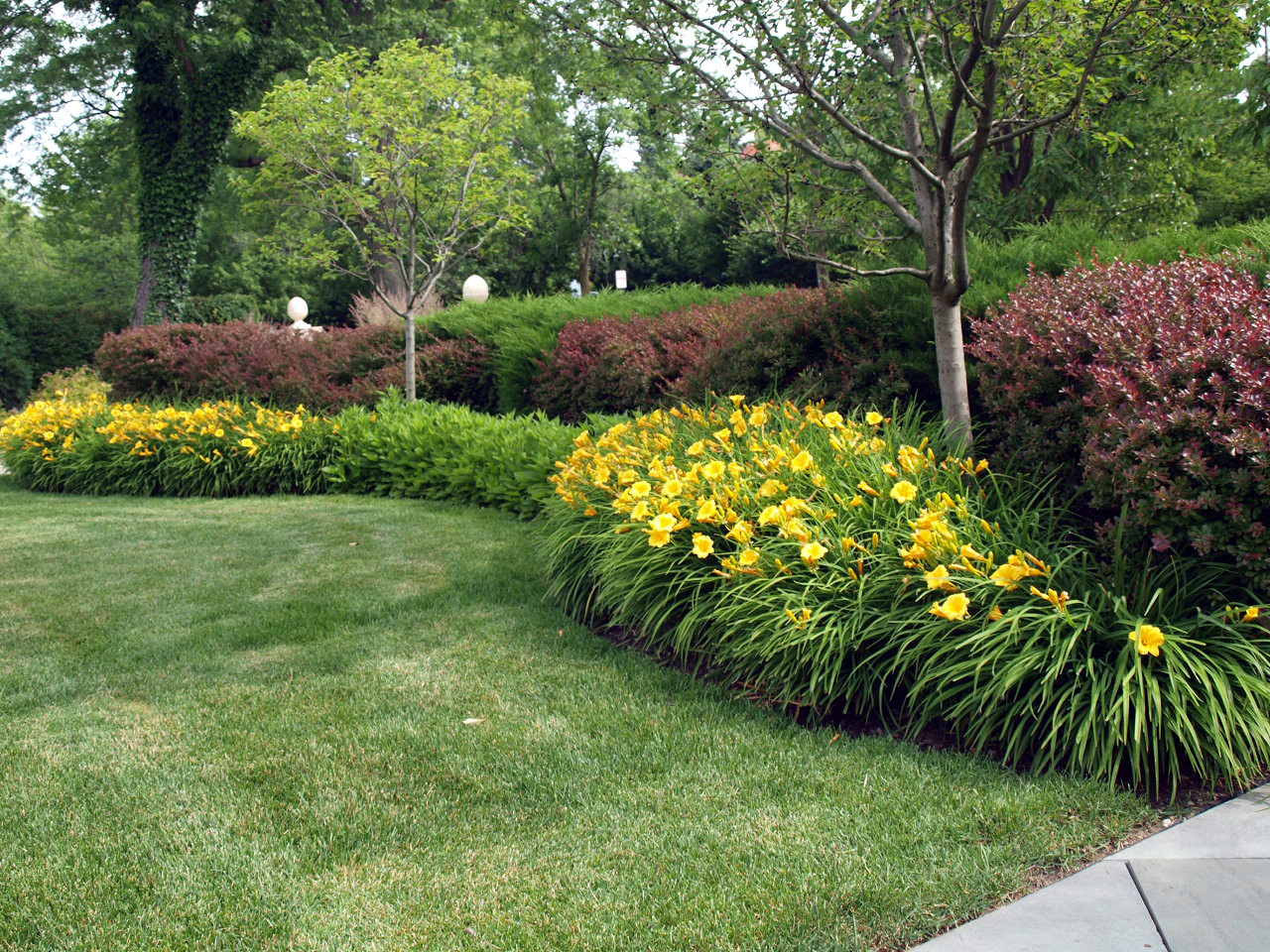
Uses:
- Ornamental Shrubs: Barberry shrubs are primarily grown for their ornamental value in gardens and landscapes, providing colorful foliage and attractive berries.
- Hedges and Borders: Some barberry species, like Berberis thunbergii, are commonly used to create attractive hedges and borders in gardens.
- Mass Plantings: Planting barberry shrubs in groups or mass plantings can create a visually striking display in gardens or landscape beds.
- Wildlife Attraction: The berries of barberry shrubs are attractive to birds, making them beneficial for supporting local ecosystems.
Barberry shrubs are valued for their versatility, providing year-round interest and adding texture to garden designs. They are relatively low-maintenance plants that can withstand different growing conditions, making them suitable for various gardening skill levels. Barberry's colorful foliage, flowers, and berries make it an excellent choice for enhancing garden aesthetics and attracting wildlife. When planting barberry shrubs, it's essential to be cautious of their thorny branches, especially if they are placed in areas accessible to children and pets. Overall, barberry shrubs are charming and valuable additions to gardens and landscapes.
Explore our range of barberry products and discover the delightful taste and potential health benefits they offer!
Item has been added to your cart.

